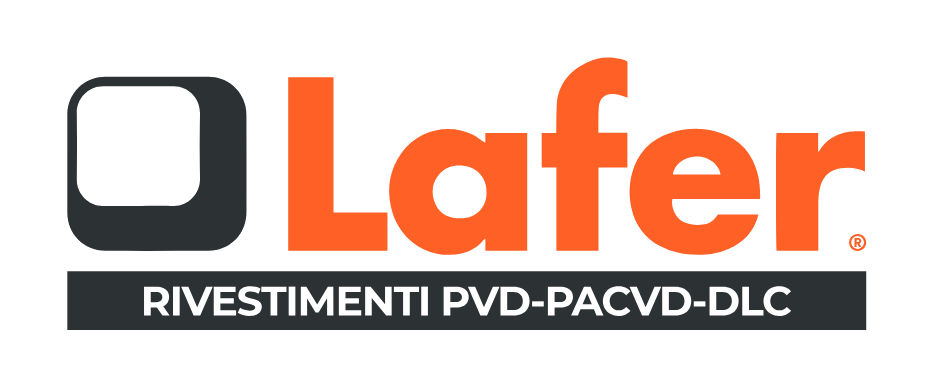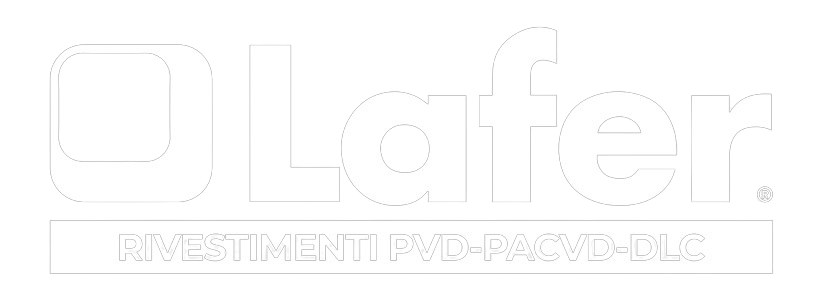Uses and purposes
Cold forming processes, whether for sheet metal deformation, blanking, or deep drawing, subject the involved components (punches, dies, blank holders, etc.) to wear that negatively impacts the quality of stamped parts and productivity.
Adhesive wear and abrasive wear are the two primary failure mechanisms involved in these processes due to the frequent stress on the components.
To counteract these types of wear, steels must possess high hardness and a low coefficient of friction, characteristics achievable through the application of dedicated coatings and specific treatments.
Abrasive wear
Abrasive wear occurs when two elements in relative motion have different surface hardnesses. Wear manifests as grooving, becoming more pronounced with increasing hardness differences between the contacting surfaces.
This effect is irreversible and progressively worsens, leading to production waste and machine downtime for recurrent maintenance.
In such scenarios, coatings serve to increase the surface hardness of the mold because higher surface hardness enhances resistance to abrasion.
Adhesive wear
Issues related to adhesive wear or galling occur when there is transfer of particles between two parts undergoing relative motion.
Due to their surface roughness, contact points between the sheet metal and the mold may experience pressures high enough to exceed the material’s yield strength, causing plastic deformation.
Proposed coatings for every application
Lafer continually refines its base coatings by adapting them to customer needs, thereby creating specialized coatings optimized for specific applications.






